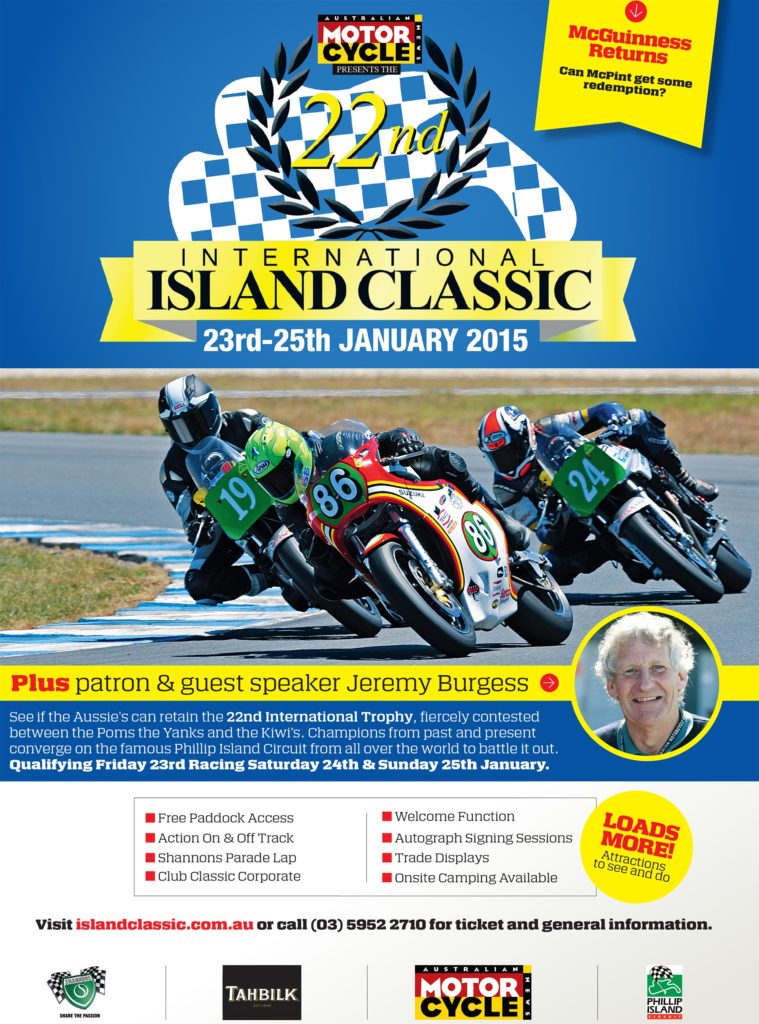1948 Vincent HRD Rapide 1000 Factory Race Special – By Trevor Hedge and Frank Melling
This 1948 Vincent HRD Rapide is owned by Victorian Jon Munn and was seen on show recently at Motorclassica.
Originally established by Phillip Vincent (which of course is where the brand Vincent stems from), in the years 1928-1948, all machines, such as the Rapide 1000 featured here, were branded Vincent HRD. The reasoning behind this was that HRD was already an established named while Vincent and his self-built motorcycles were a new player on the block and thus the HRD added a little more instant credibility to the brand. Vincent acquired the trademark, goodwill and remaining components of HRD from Humphries for a not insignificant sum of £450 in 1928. Phillip Vincent was helped along with some of the family fortune that been made on cattle stations in Argentina. The HRD suffix was dropped in 1949, through to the eventual cessation of production in 1955 due to financial difficulties.
The Vincent machines produced after 1931 also had an Australian inflluence with Victorian Phil Irving enjoying two stints at the company. Irving started with the company in the early thirties, and again from 1943 when he became the Chief Engineer at Vincent HRD after serving a stint at Velocette between 1937 and 1942.
Despite business difficulties, the post-war Vincents positively bristled with clever ideas – some of which were decades ahead of their time. The engines were stressed members of an extremely clever frame, in which the top spine held 6 pints of oil whilst the triangulated swinging-arm pivoted through the rear of the crankcase giving an extremely short wheelbase for such a big bike.
The big v-twin engines were effectively a pair of single-cylinder engines shoehorned into a common crankcase and set in a 47.5-degree V.
In the 1948 model year the Series C was introduced which featured ‘Girdraulic’ telescopic forks instead of the simpler girders used on their predecessors. The 998cc engine was also tuned up a little for the revised model to a heady 45hp, good enough to propel the Rapide to a genuine 180km/h top speed in standard road trim. Given some race fettling in Lightning guise the big twins were good for 240km/h.
The riding position was almost infinitely variable, the dual front brakes balanced for good stopping and the front forks were, for the day, virtually flex free. In fact, on paper, the Vincent had everything of which the experienced motorcyclist could ever dream. Except for one thing: the price. In 1951, a Black Shadow was a stunning £402.10s when a BSA Gold Star was considered to be a luxury purchase at £253.
Not only was the price against the Vincent but so was its unique nature. It might have been a tour de force technically but many thought, in aesthetic terms, that the Vincent looked all wrong. But in this day and age they certainly seem to have aged well! Vincent machines also demanded a lot of mechanical sympathy. At a time when anyone could get on a Triumph Thunderbird, start it with one kick and look like Marlon Brando, the Vincent required experience and planning to coax it into life.
The Vincent HRD Rapide featured here was delivered new to Melbourne by Elders, the Vincent concessionaries of the time. The machine was supplied with twin filler caps, alloy hubs and finned brake drums. The original magnesium brake backing plates have been removed during resotration as doubts were cast on their integrity for road riding.
This particular bike was set-up for endurance racing but little is known about its history in Australian motorsport. Can you help…?
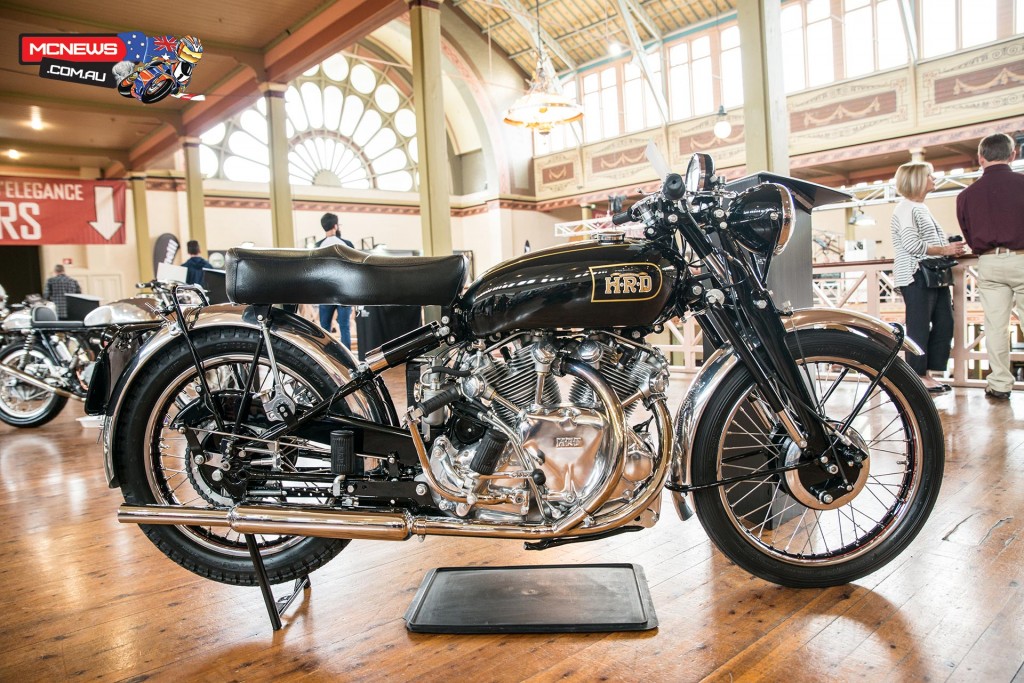
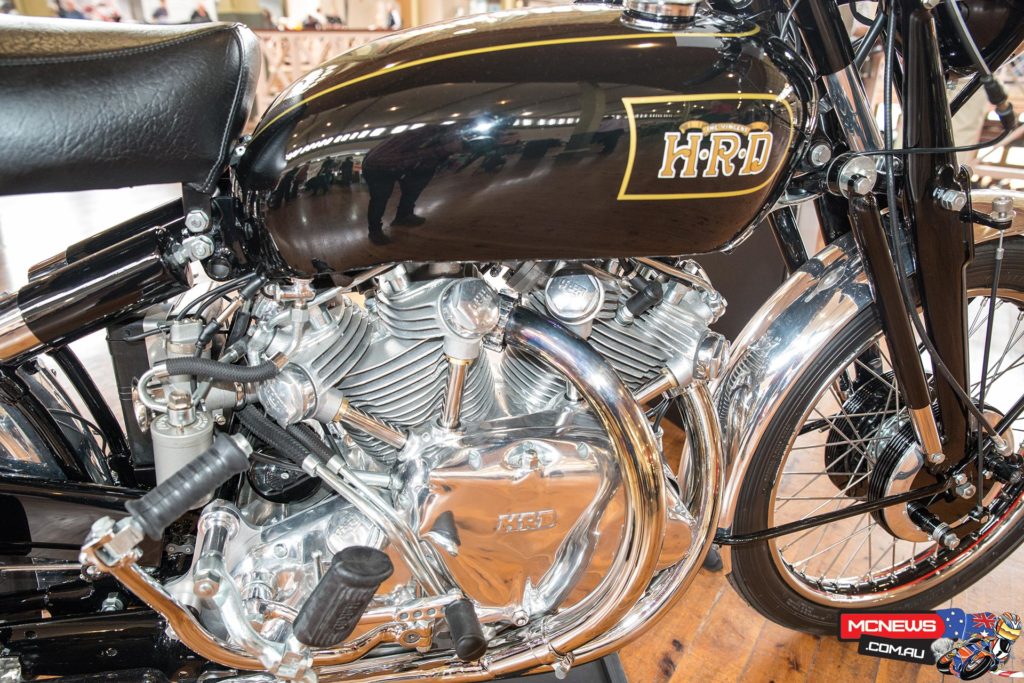
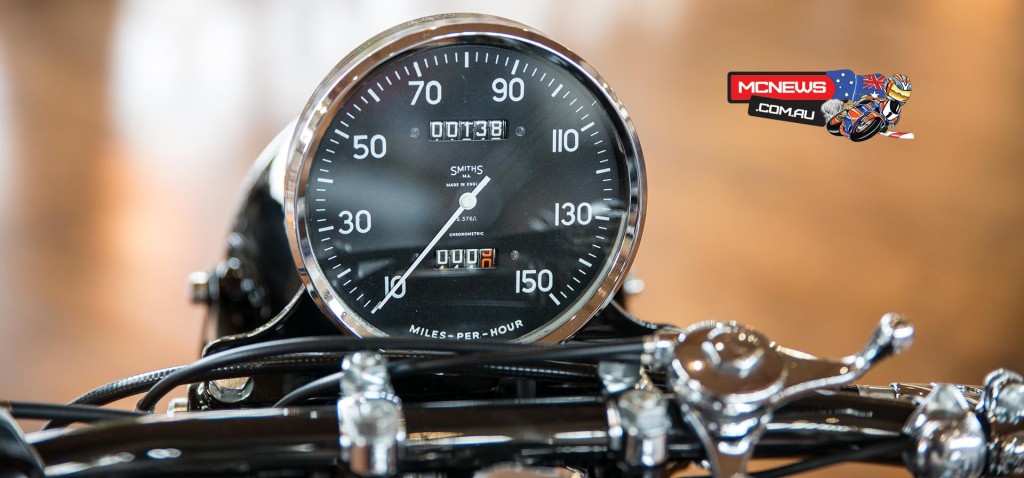
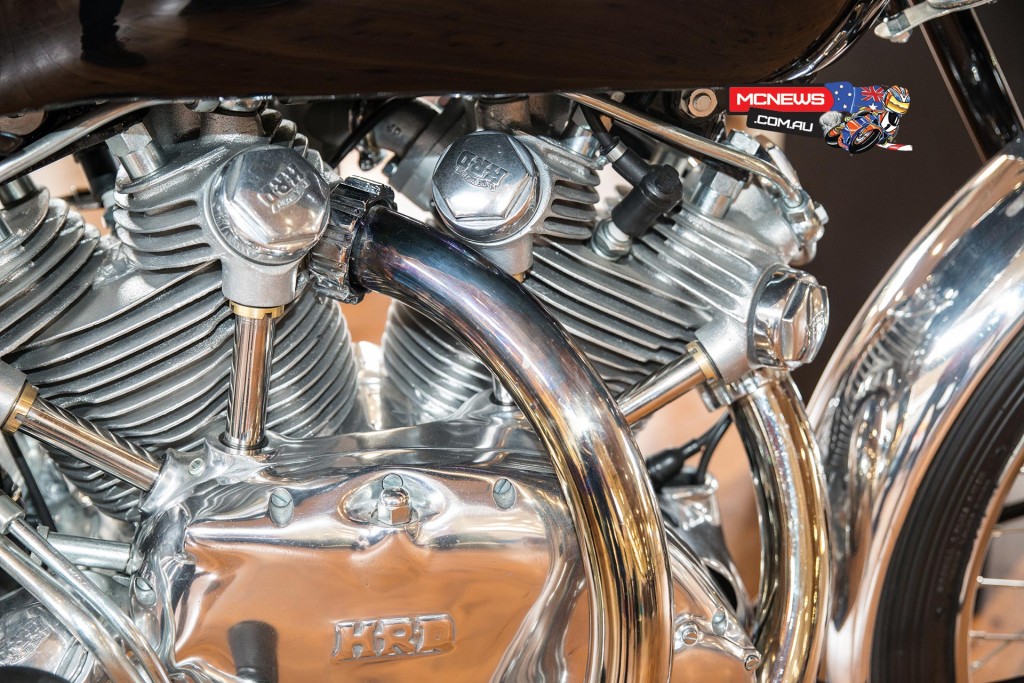
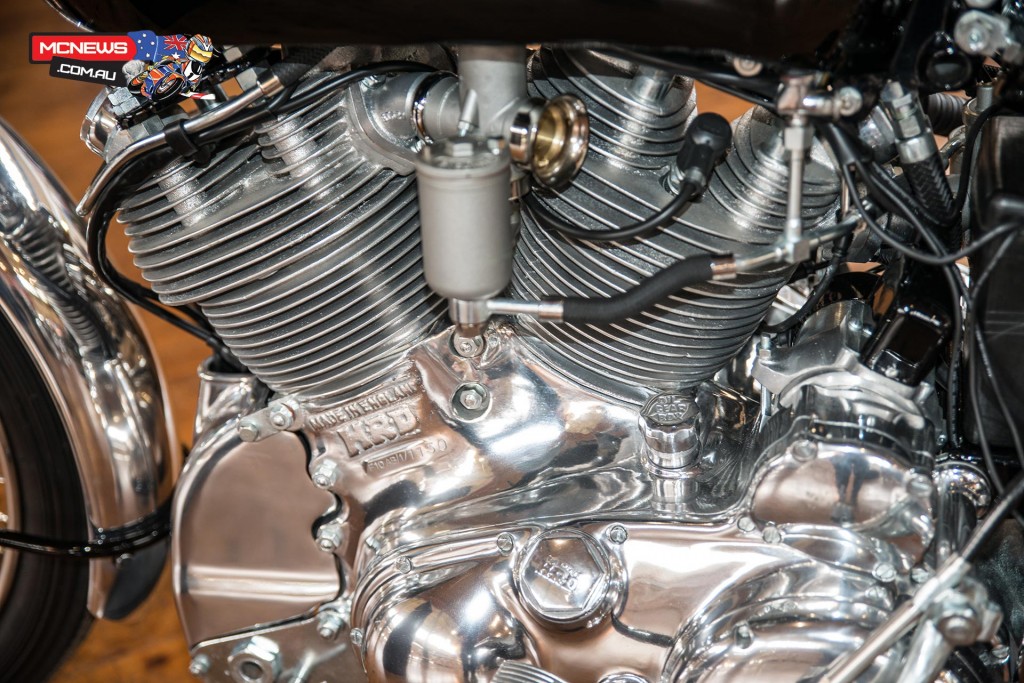
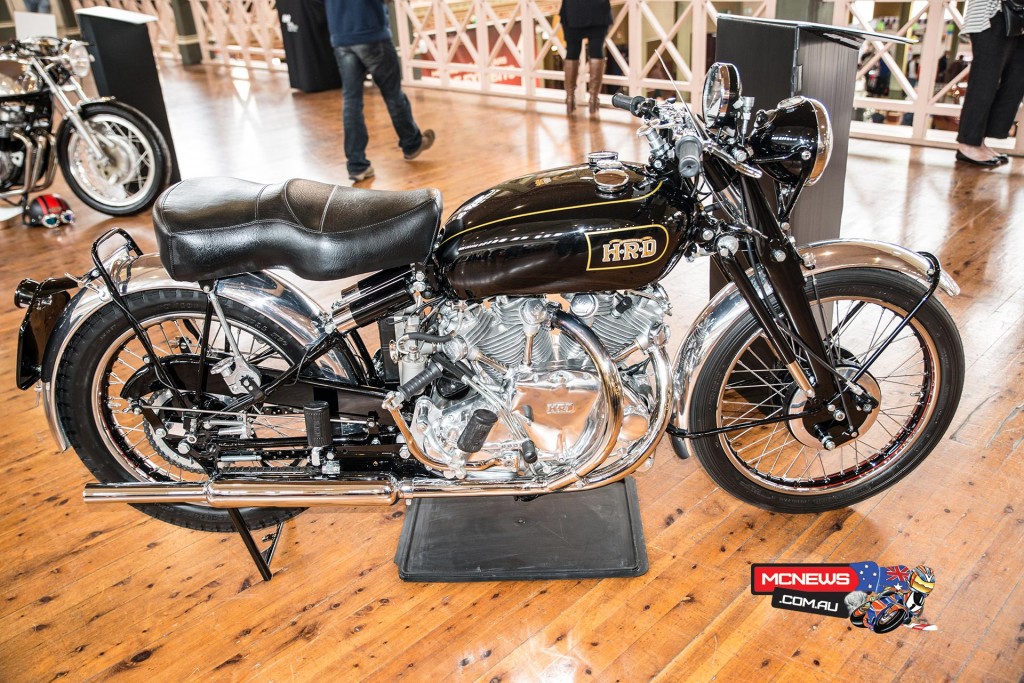
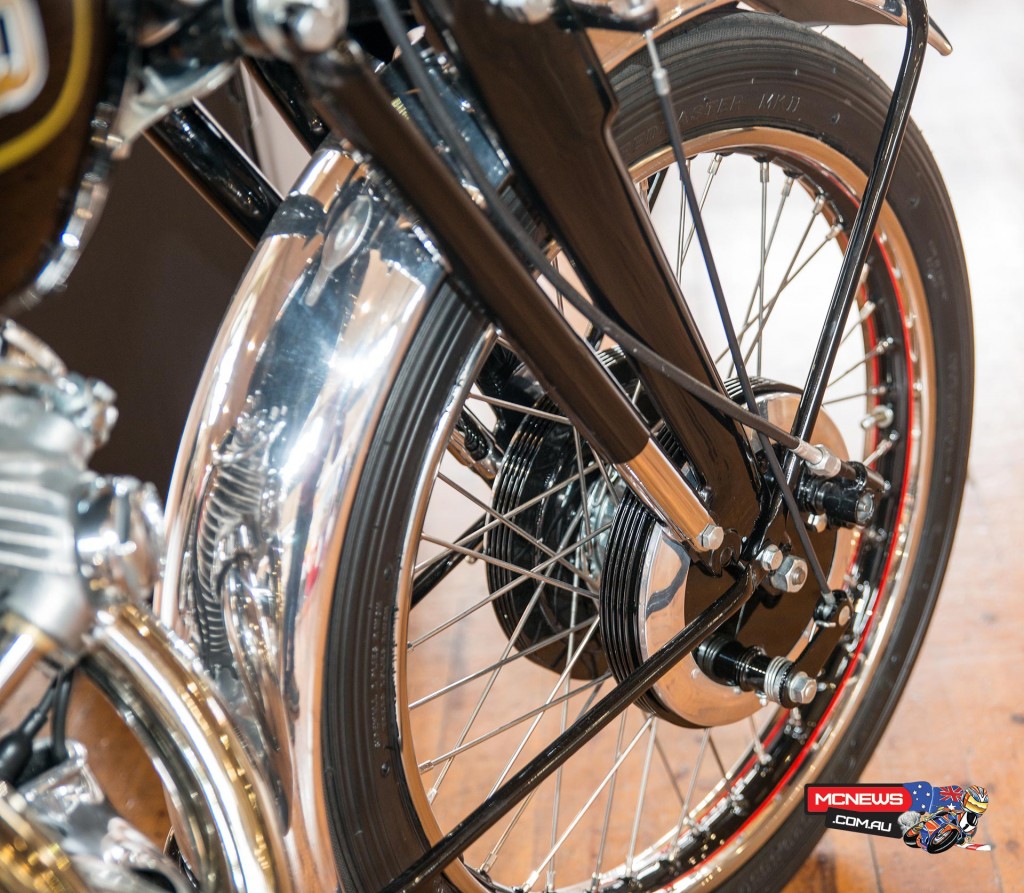
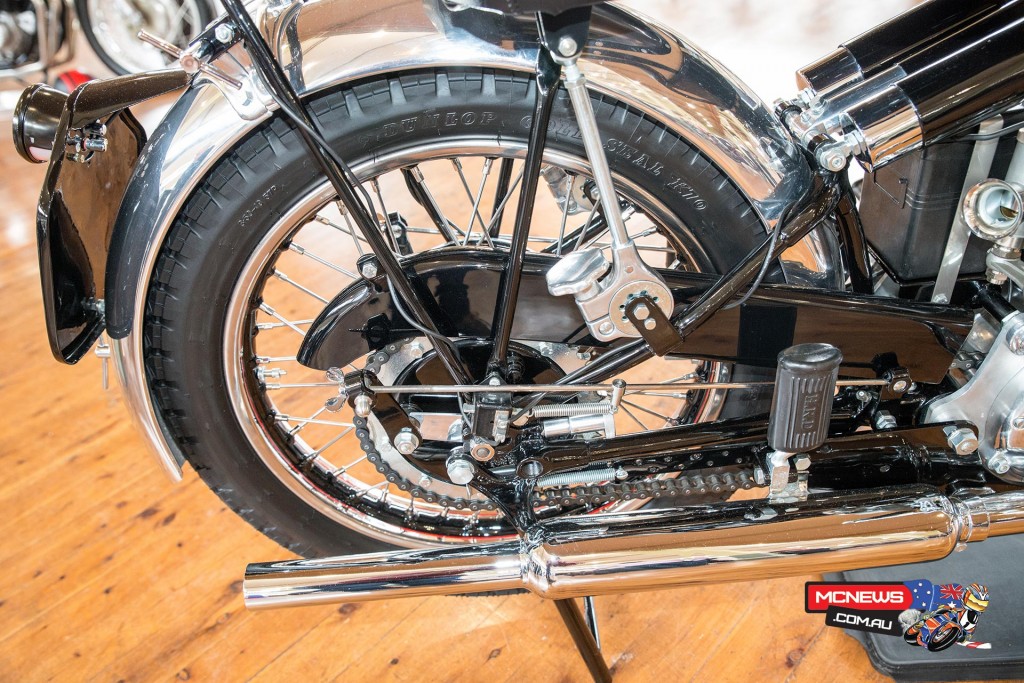
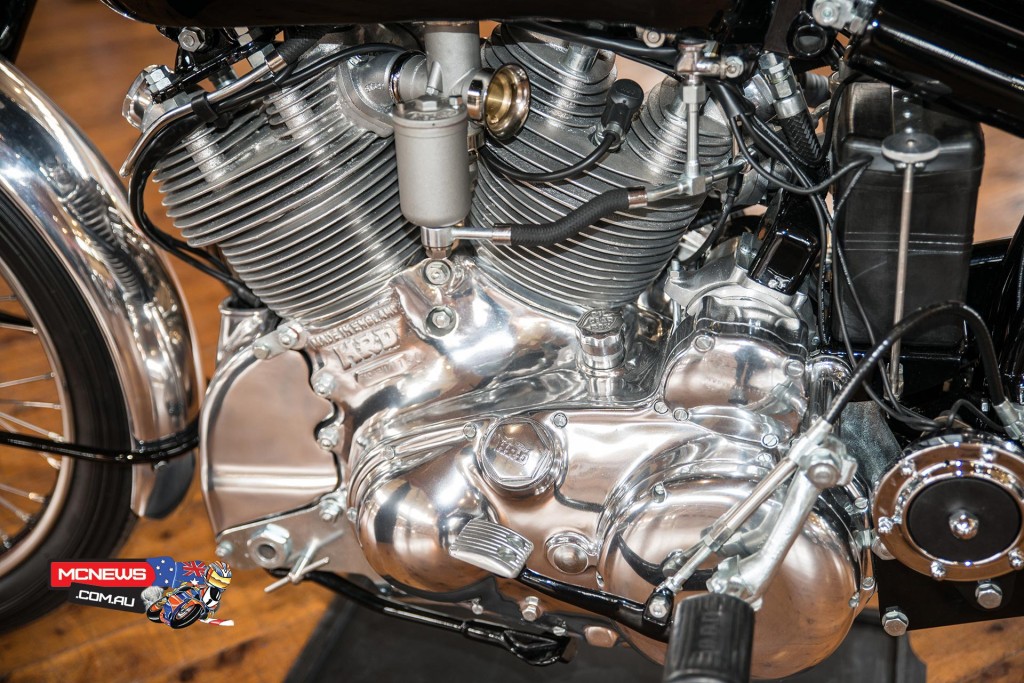
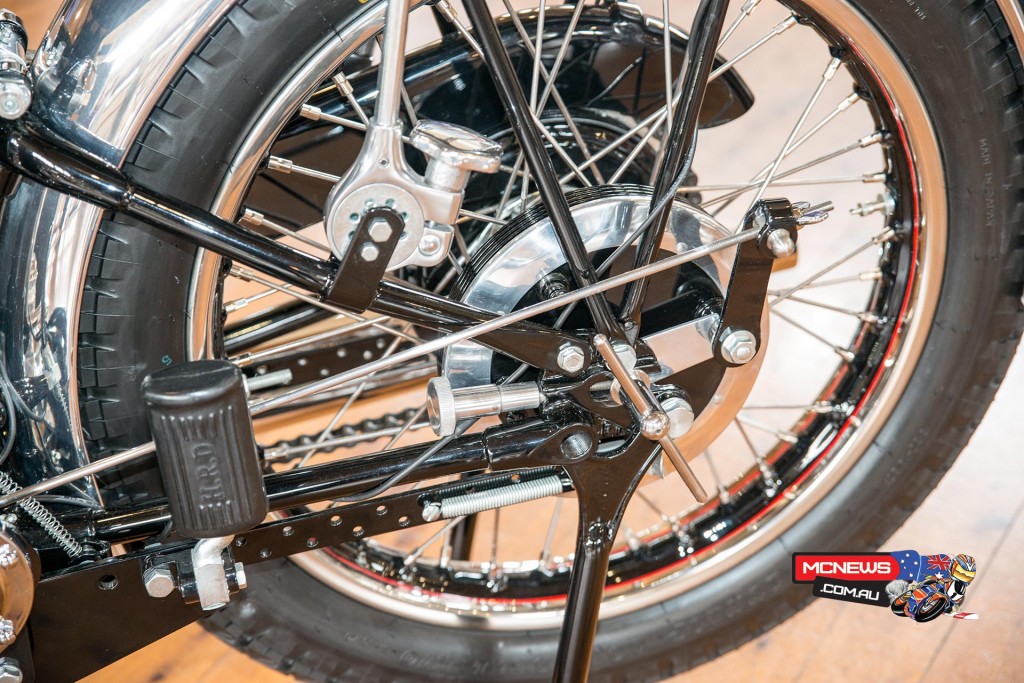
Recent related Vincent content on MCNews.com.au
- Vincent HRD National Rally Marysville 2014 – Gallery E
- Vincent HRD National Rally Marysville 2014 – Gallery D
- Vincent HRD National Rally Marysville 2014 – Gallery C
- Vincent HRD National Rally Marysville 2014 – Gallery B
- Vincent HRD National Rally Marysville 2014 – Gallery A
Island Classic 2015 – Book your tickets now!




